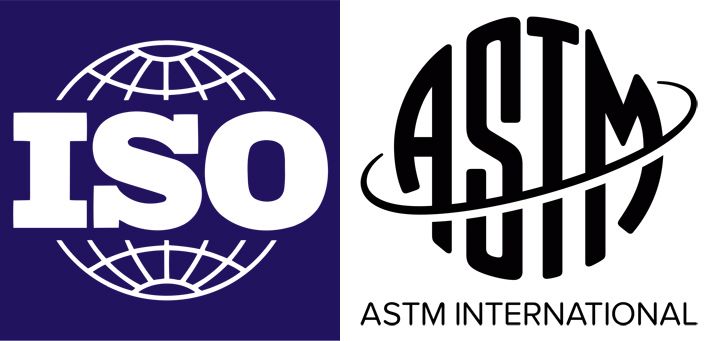
Are we using the right words when referring to our favorite technology?
That’s a question raised by Terry Wohlers, author of the annual Wohlers Report, which provides an extensive statistical analysis of the current state of 3D print technology across the world. It’s the gold standard for analytical information about the industry.
Wohlers also participates in many industry events, and our team has seen him speak on many occasions, and spoken with him many times. One of his roles in the past was to chair the ASTM F42.91 Terminology Subcommittee. ASTM International, if you’re not familiar, is the organization that sets the standards for many industries, including 3D printing / Additive Manufacturing.
This particular subcommittee developed a number of terminology standards that were hoped to be used by everyone, and I suspect at this point that is mostly true. But it isn’t always, as Wohlers writes in a recent post:
“I cringe when I hear non-standard terms when formal industry standard versions are available and were established after a tremendous amount of work by many organizations and bright people worldwide. An example is ‘selective laser metal (SLM),’ a term that some will use instead of metal powder bed fusion (PBF), the correct phrase according to the ISO/ASTM 52900 standard. One problem with using SLM is that it is a part of a company name (SLM Solutions), which offers metal PBF systems. The incorrect use of SLM could lead to a serious blunder when negotiating a legal agreement, for example.”
Cringy, indeed!
3D Print Terminology Challenges
I suspect part of the problem here is that we have two issues at play.
First, in spite of the technology being now decades old, it is still young. Young in the sense that even today there are entirely new 3D printing processes being developed for which we don’t yet have standardized names. Companies producing them must name them something, and this “loose” naming environment spills over into established technologies at times.
Companies in the space also try to bring attention to themselves by naming their process uniquely. It allows them to create a brand that’s easily searched for, and can be trademarked. However, with many names for essentially similar processes, it’s no wonder the public get confused, including for trademarked/non-trademarked processes that are effectively the same thing. This practice also reinforces the notion that anything can be named anything.
There’s still even ongoing debate about the terminology of “3D printing” itself.
ASTM Additive Manufacturing Terms
In his post, Wohlers listed the official ASTM terminology for the seven major 3D printing processes, which I will also list here to help clear the air:
- Material extrusion—an additive manufacturing process in which material is selectively dispensed through a nozzle or orifice
- Material jetting—an additive manufacturing process in which droplets of build material are selectively deposited
- Binder jetting—an additive manufacturing process in which a liquid bonding agent is selectively deposited to join powder materials
- Sheet lamination—an additive manufacturing process in which sheets of material are bonded to form a part
- Vat photopolymerization—an additive manufacturing process in which liquid photopolymer in a vat is selectively cured by light-activated polymerization
- Powder bed fusion—an additive manufacturing process in which thermal energy selectively fuses regions of a powder bed
- Directed energy deposition—an additive manufacturing process in which focused thermal energy is used to fuse materials by melting as they are being deposited
If you read this list carefully, you’ll quickly notice that virtually every 3D printing process known falls into one of those categories. Some companies name their specific processes as a variation of one of the above, but sometimes not.
I agree with Wohlers’ proposition: standard names should be used as much as possible. Our industry is still new to the world and making things confusing is just going to slow progress.
Let me tell you a secret: one way I quickly get excited about a new development in 3D printing is if the proposed process IS NOT one of the above.
Then we know it’s truly something new.
